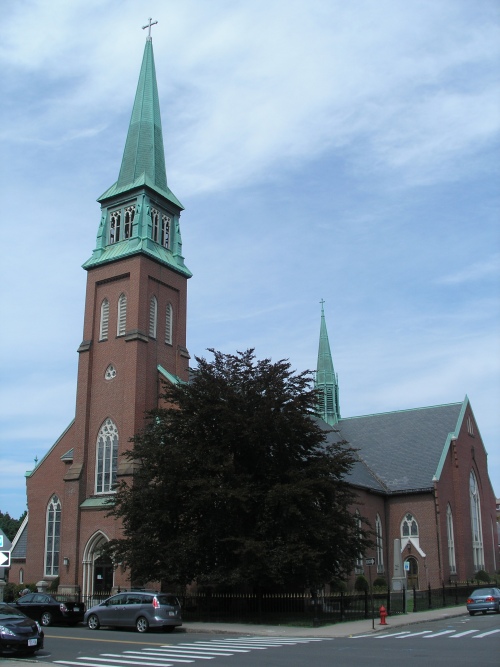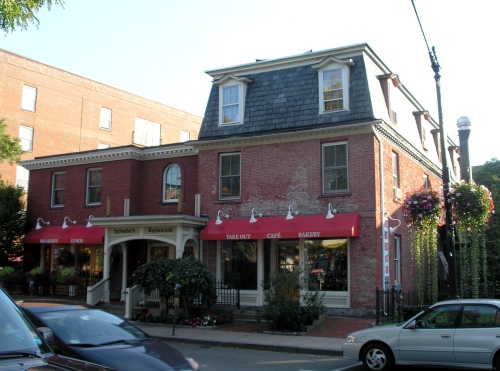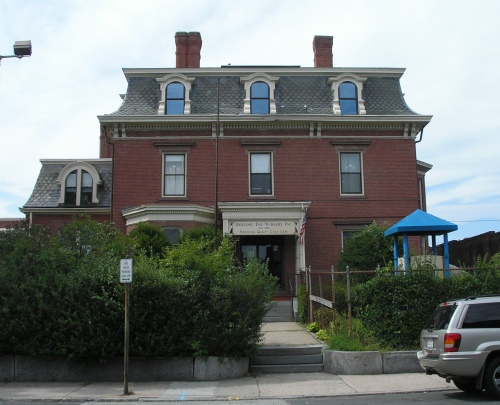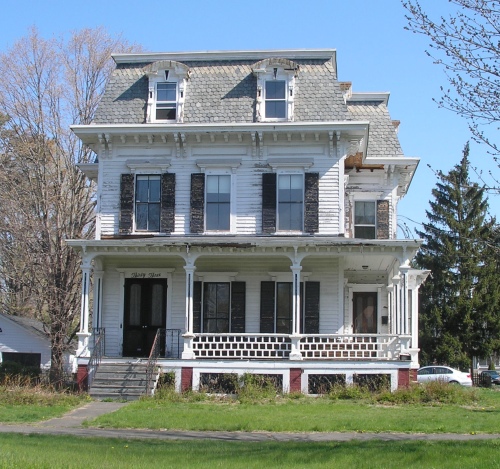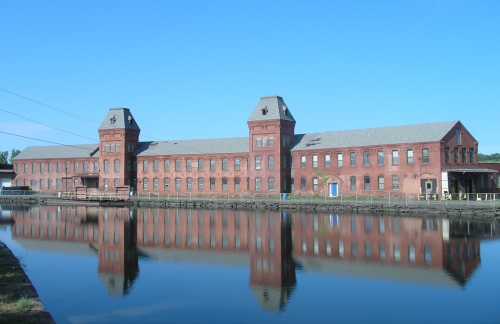Union Block, Concord (1881)
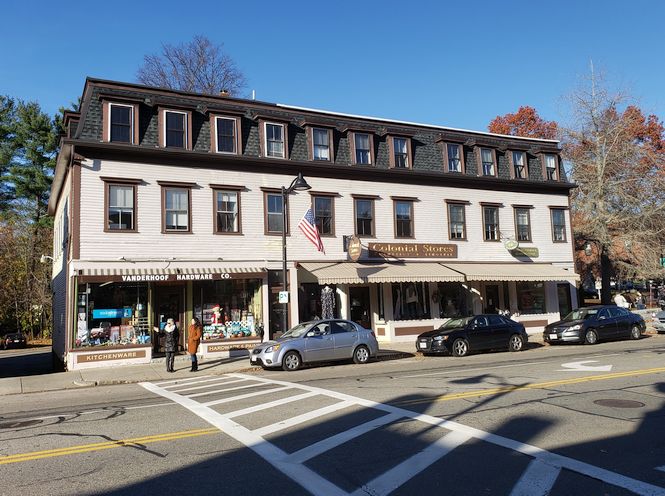
The Union Block is a long commercial structure erected in 1881 at 18-16 Main Street in Concord. It was built in a section of the street known as the Milldam, where a dam and mill pond had existed in colonial times. The Milldam Company, incorporated in 1828, had drained the pond and replaced the dam with a gravel road, beginning the process of erecting new buildings in the town’s commercial center. The Union Block replaced three former stores that had stood on the site, including that of George Hunt, which had just burned down. Hunt moved into the west section of the new building, eventually selling his store to Albert Vanderhoof in 1904. Vanderhoof’s Hardware Store, now run by the fourth generation of the family, continues to occupy the space to this day. Numerous other stores have occupied the middle and east sections over the years.
